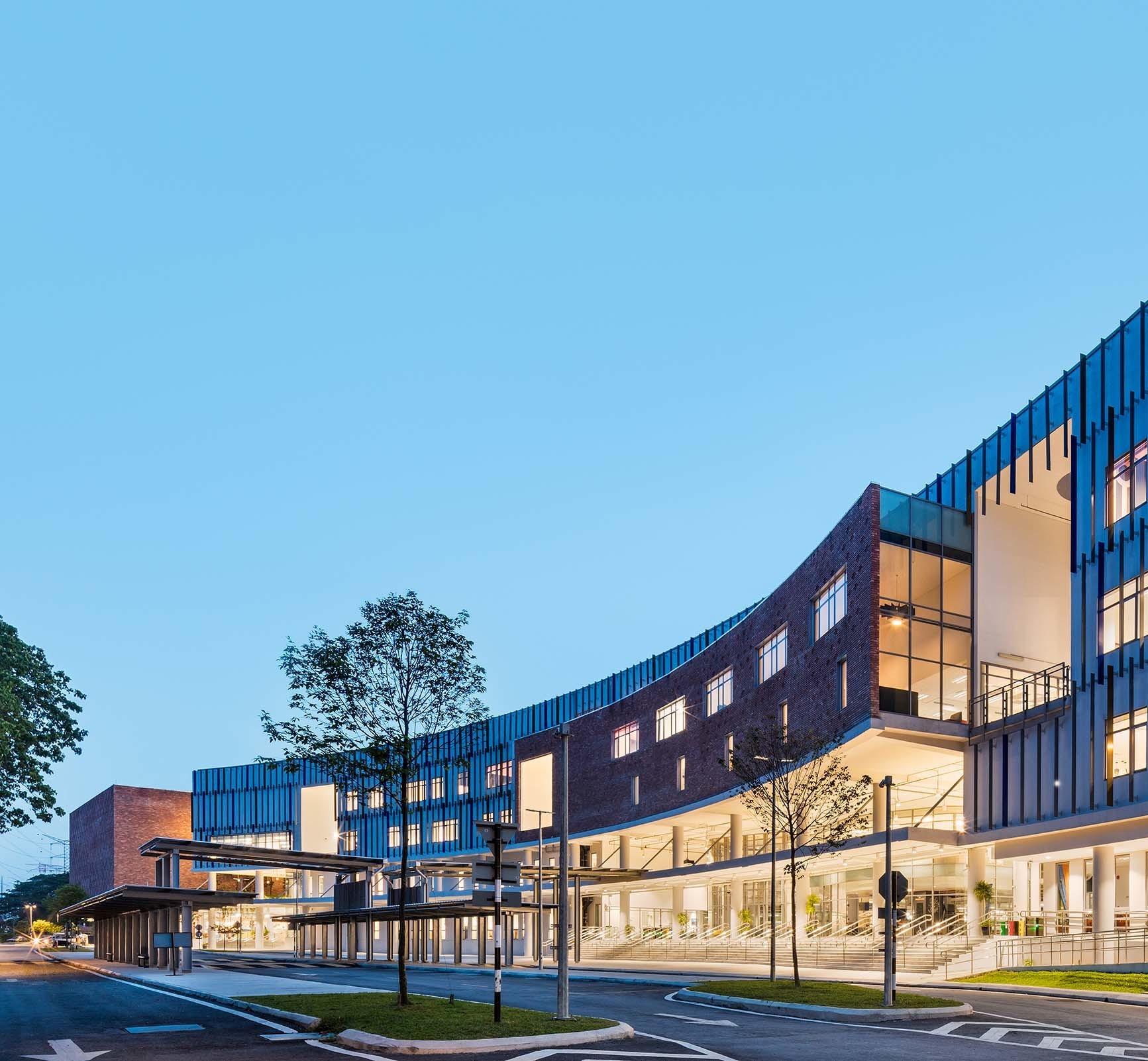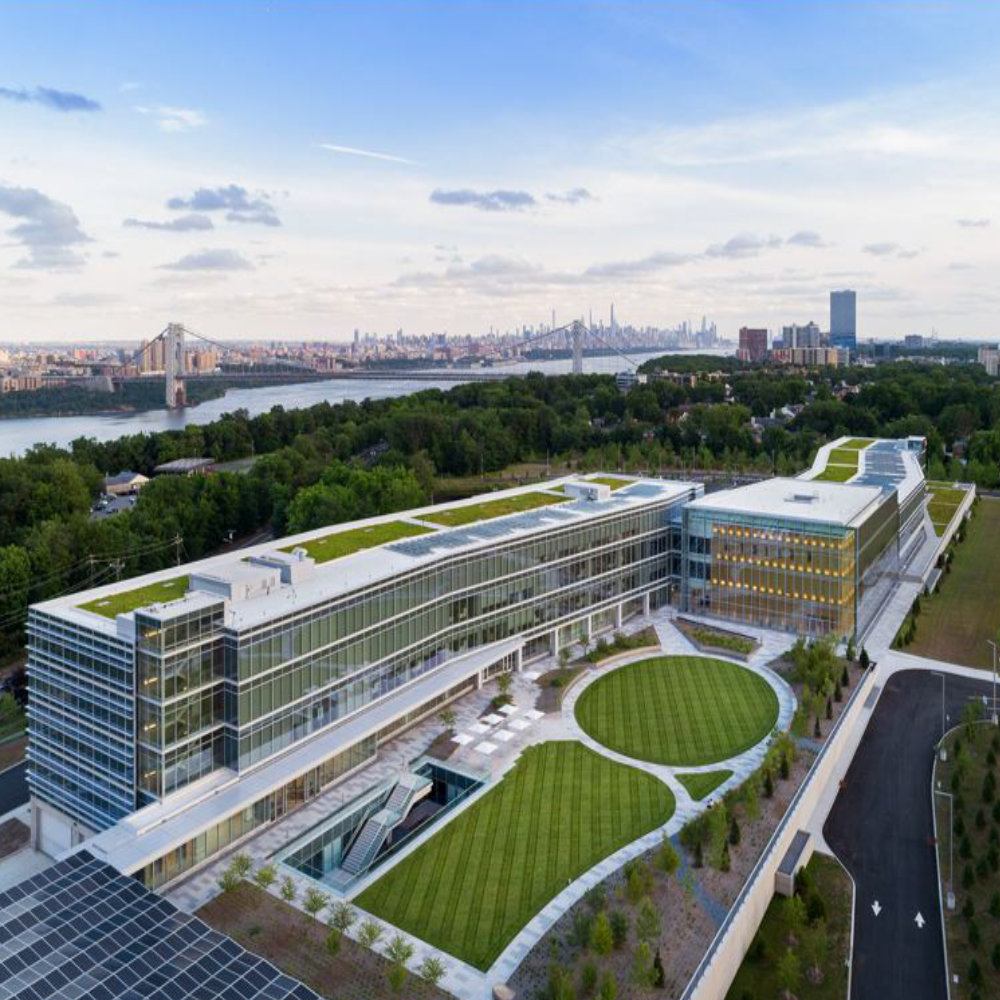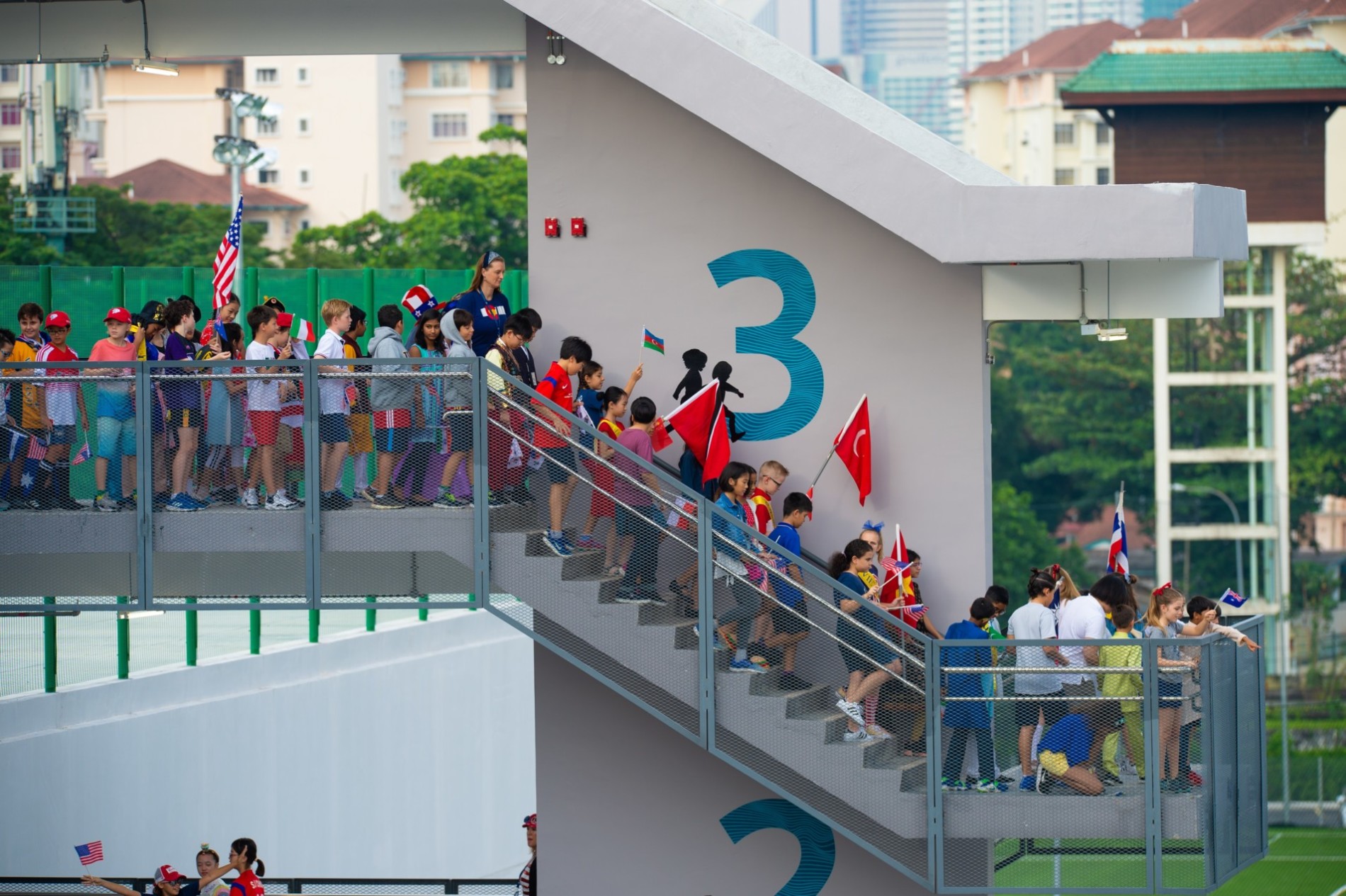
HOK’s challenge was how to bring ISKL’s early years, elementary, middle and high schools together on one site while preserving each school’s individuality. The team worked with the Board to design “schools within a school” while maintaining a shared sense of community. The campus accommodates the different needs of each age group—students range from 3 to 18 years old—with programming and layouts changing as they progress.
A curved connecting spine aligned north-south links the teaching blocks and forms a threshold between the school’s secure private world and the city’s public realm.
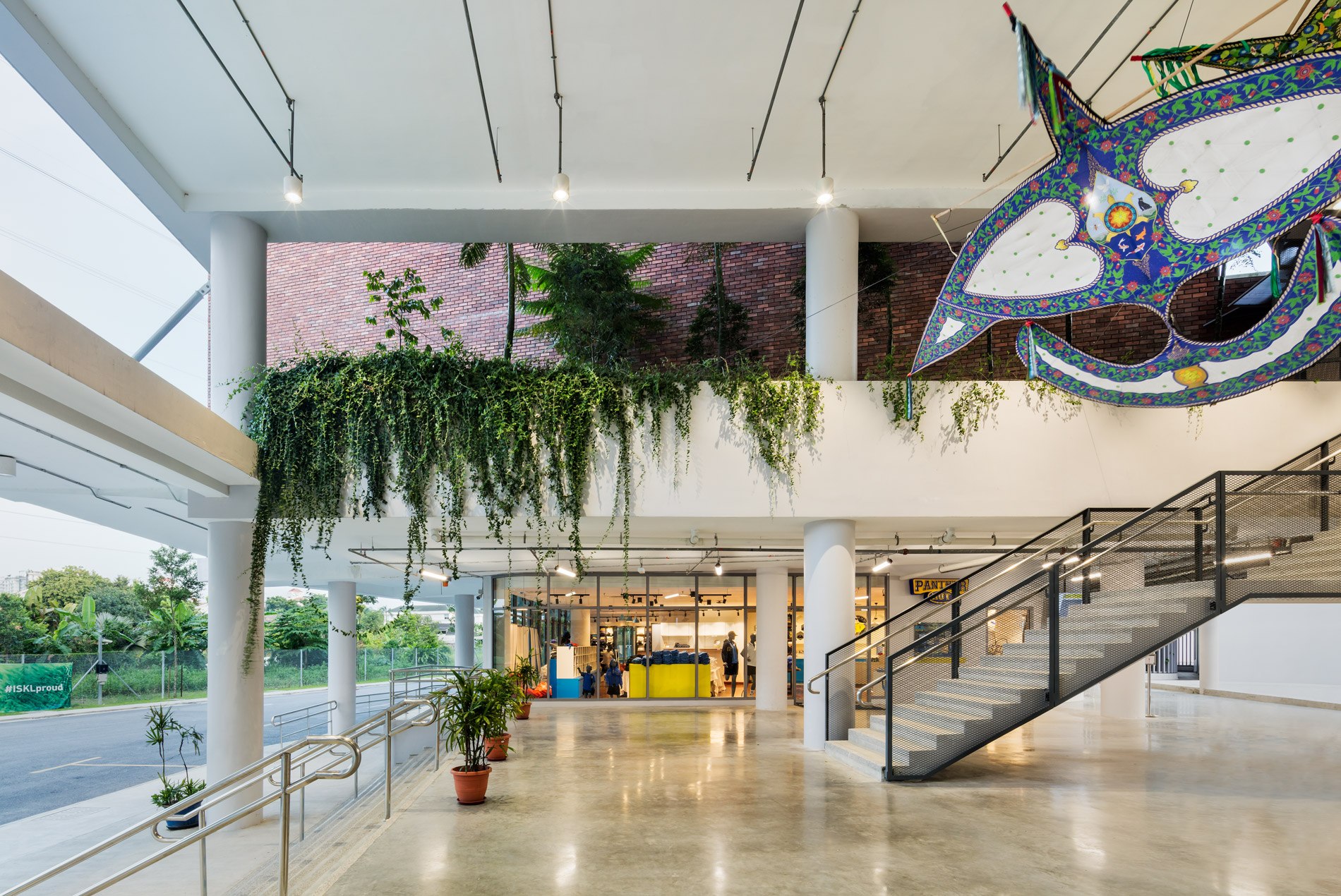
“Any visitor coming to the ISKL Ampang Hilir campus is in awe. From the vastness to the perspectives, it gives a feeling of grandeur. The campus is constantly buzzing. … The design allows everyone to find their own space.”
— Rami Madani, Head of School – The International School of Kuala Lumpur
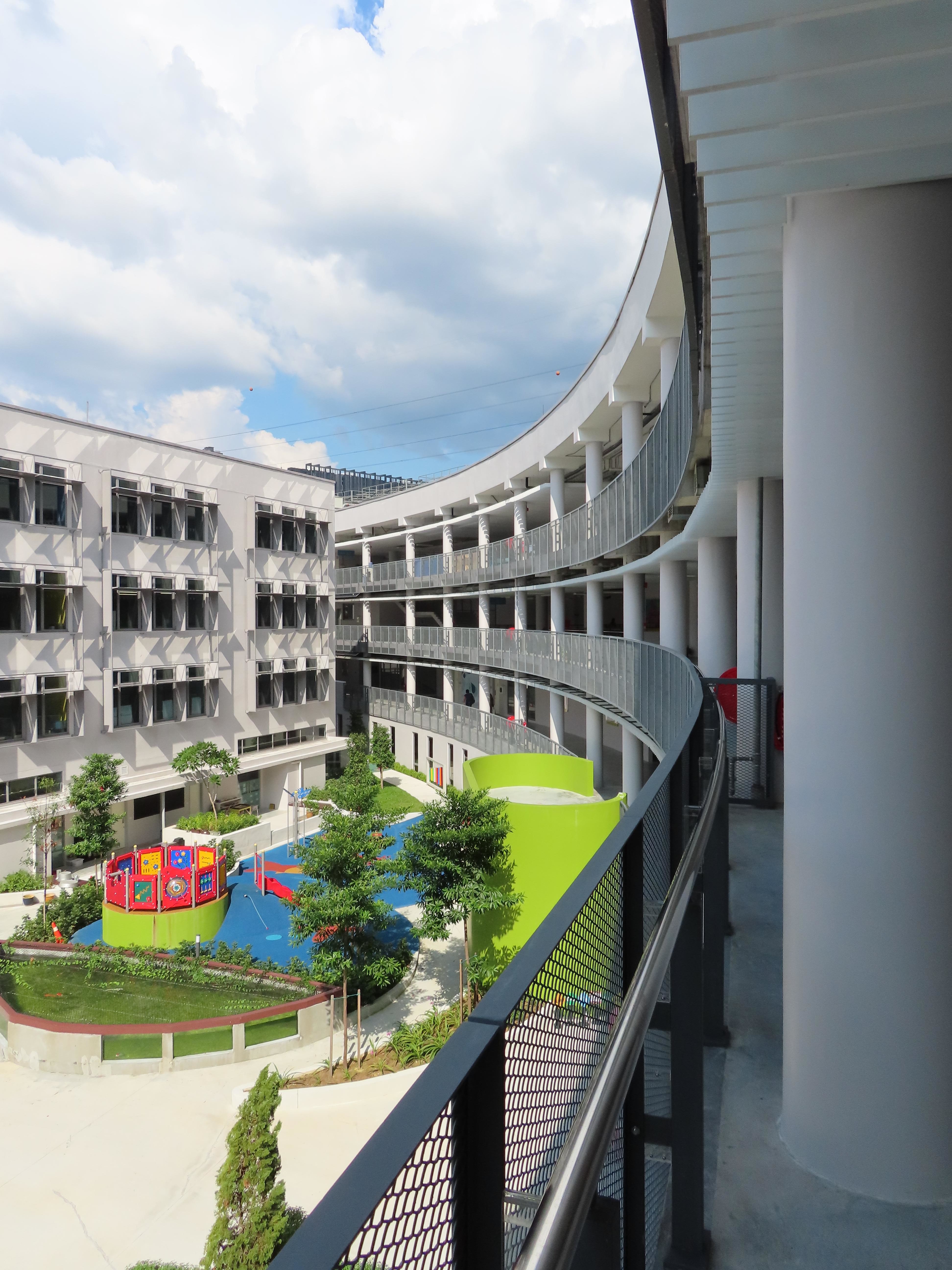
Aligning the teaching blocks to face east to west allows for high levels of daylight while protecting classrooms from intense sun at the beginning and end of each day. Teaching clusters within each block open to a central commons.
The auditorium, recital hall, gallery and theater are grouped around a central open amphitheater. This is the heart of the school—a place where ISKL students of all ages come together.
World-class athletic facilities include an aquatics center, tennis courts, indoor gymnasium, regulation track and fields.
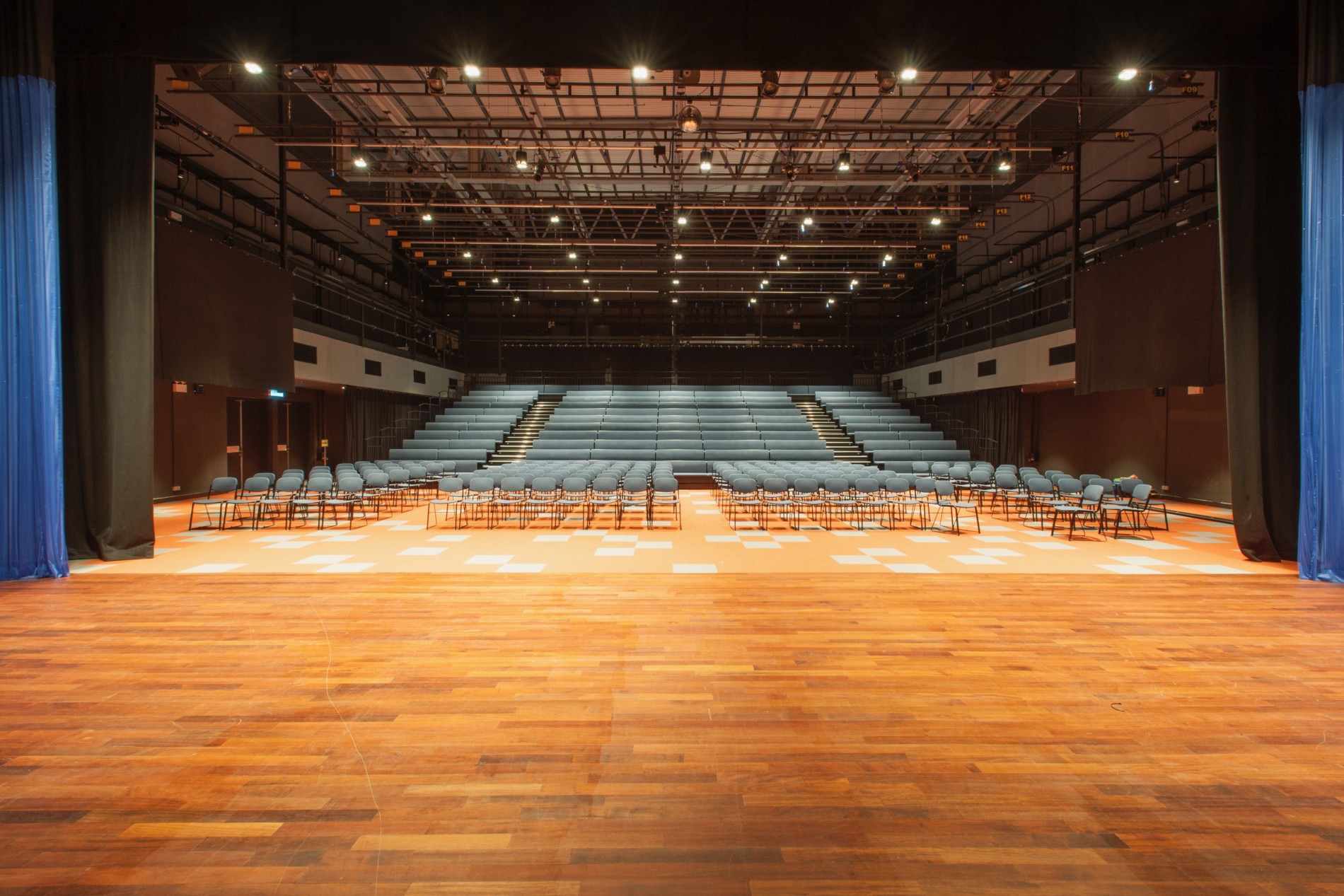
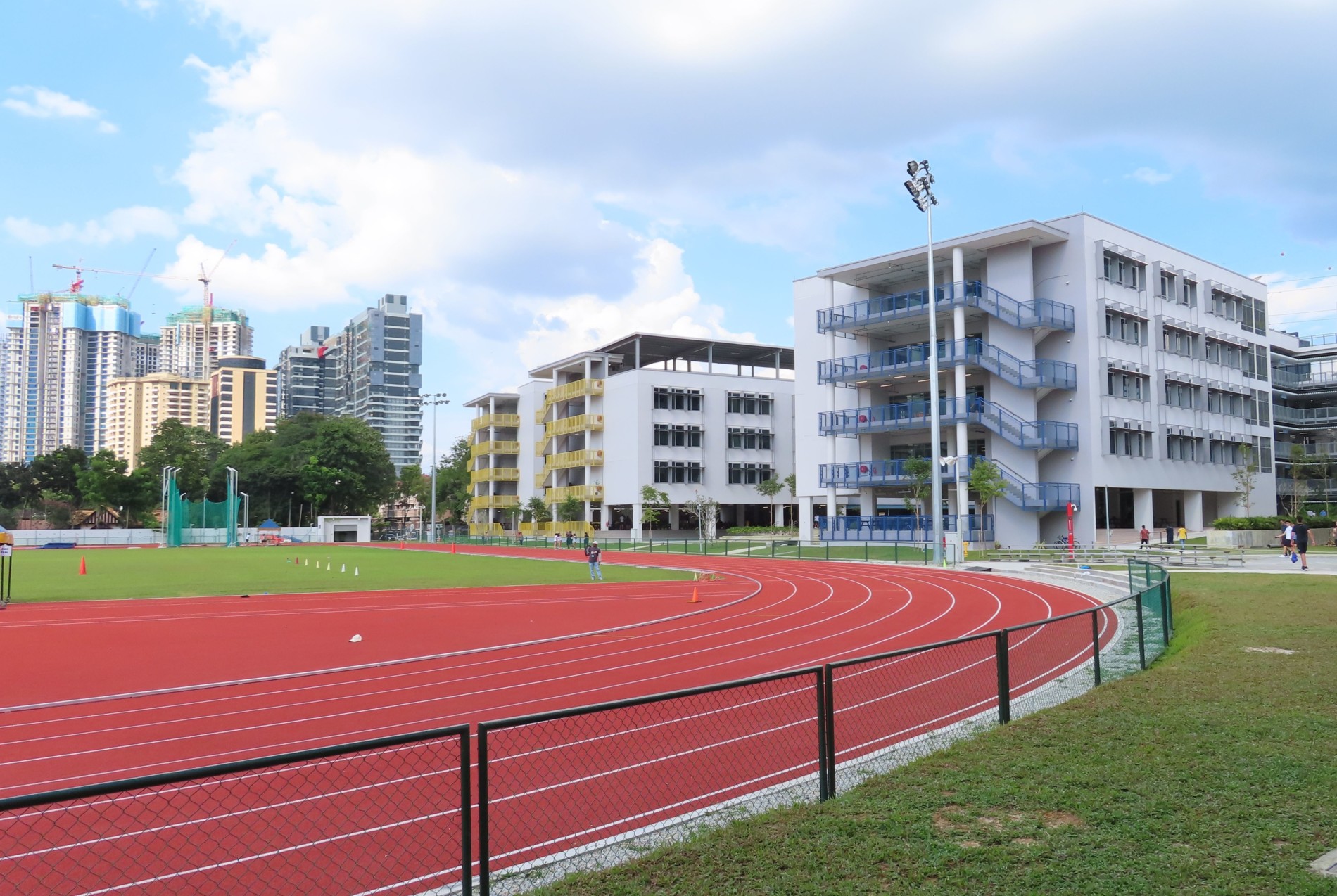
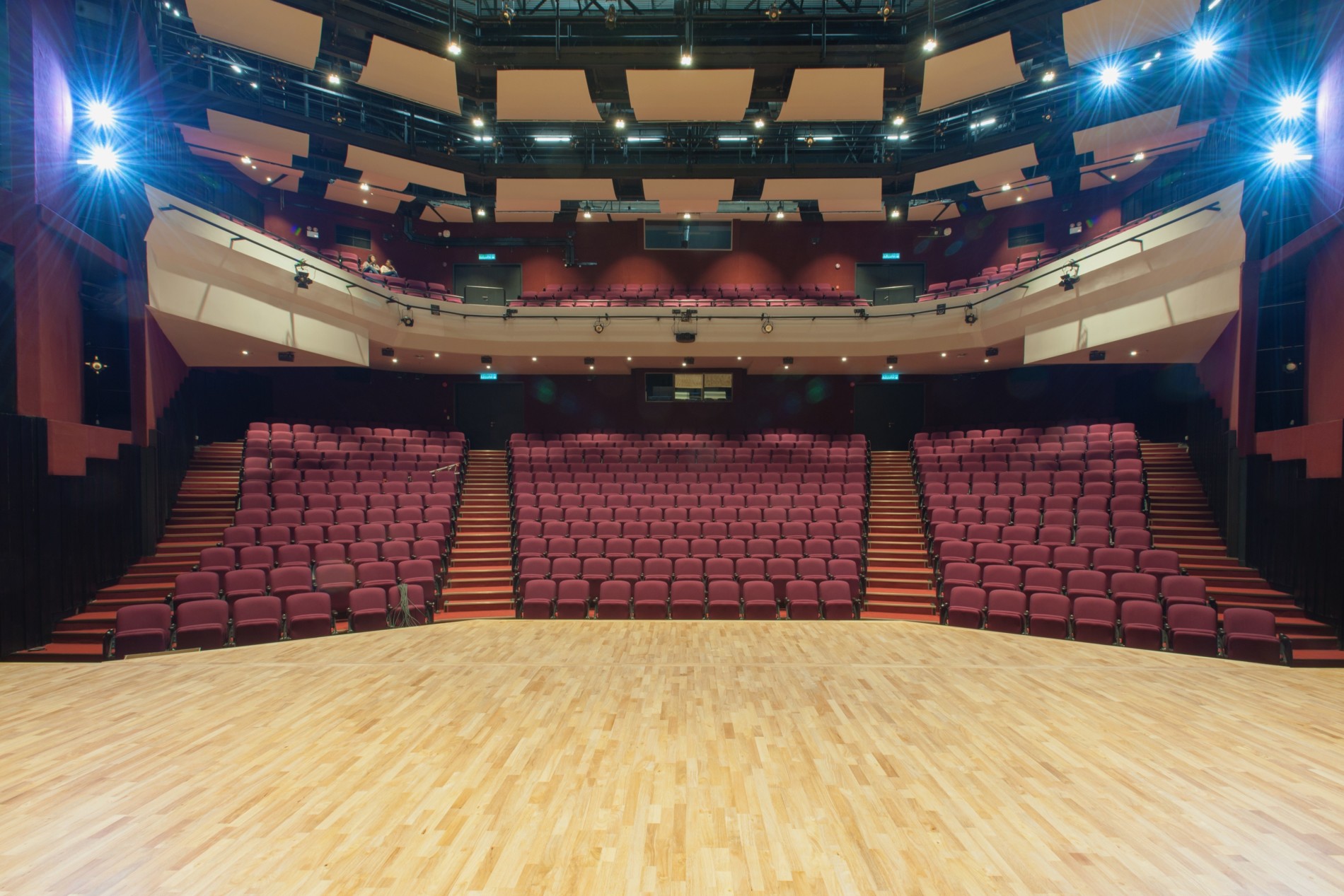
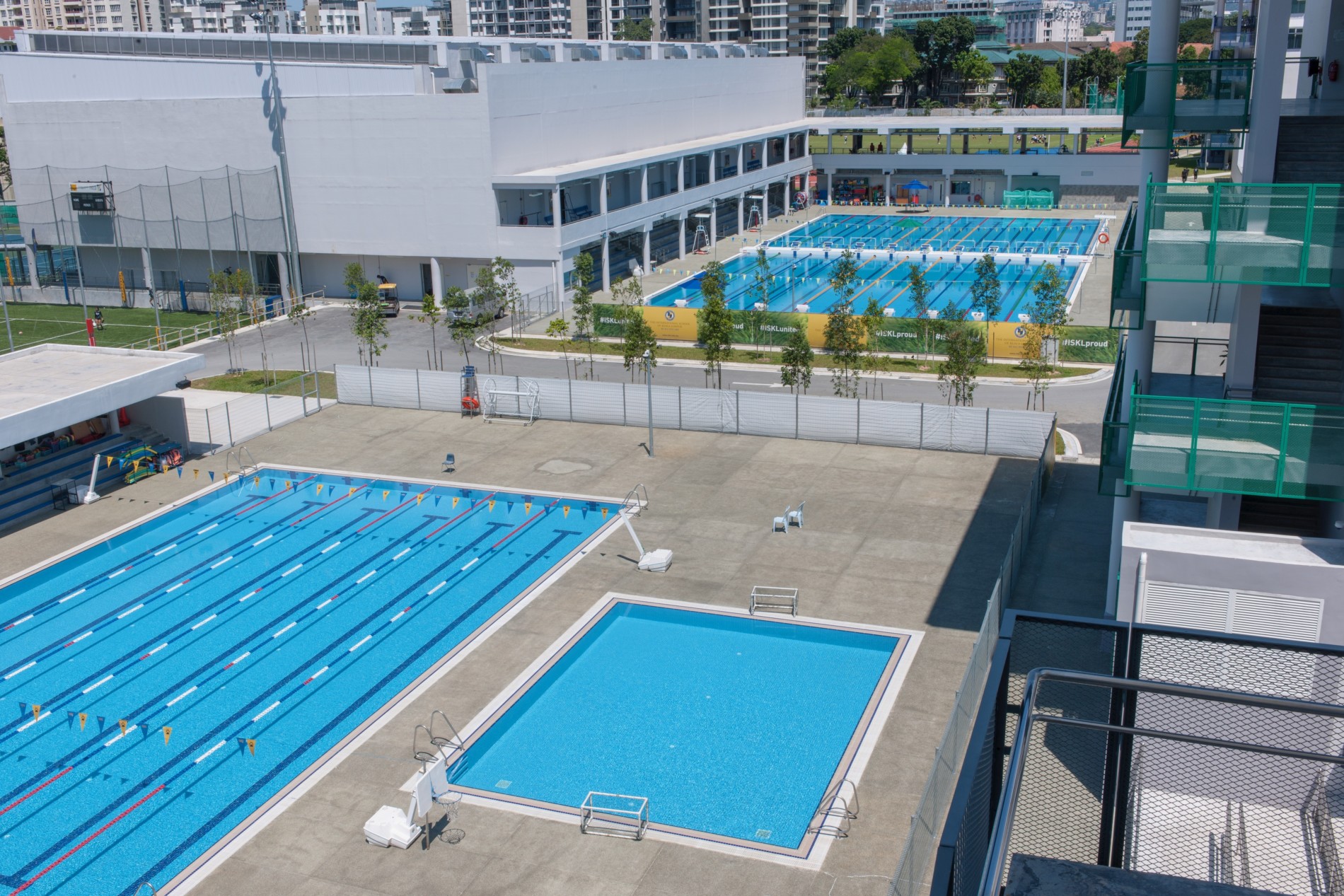
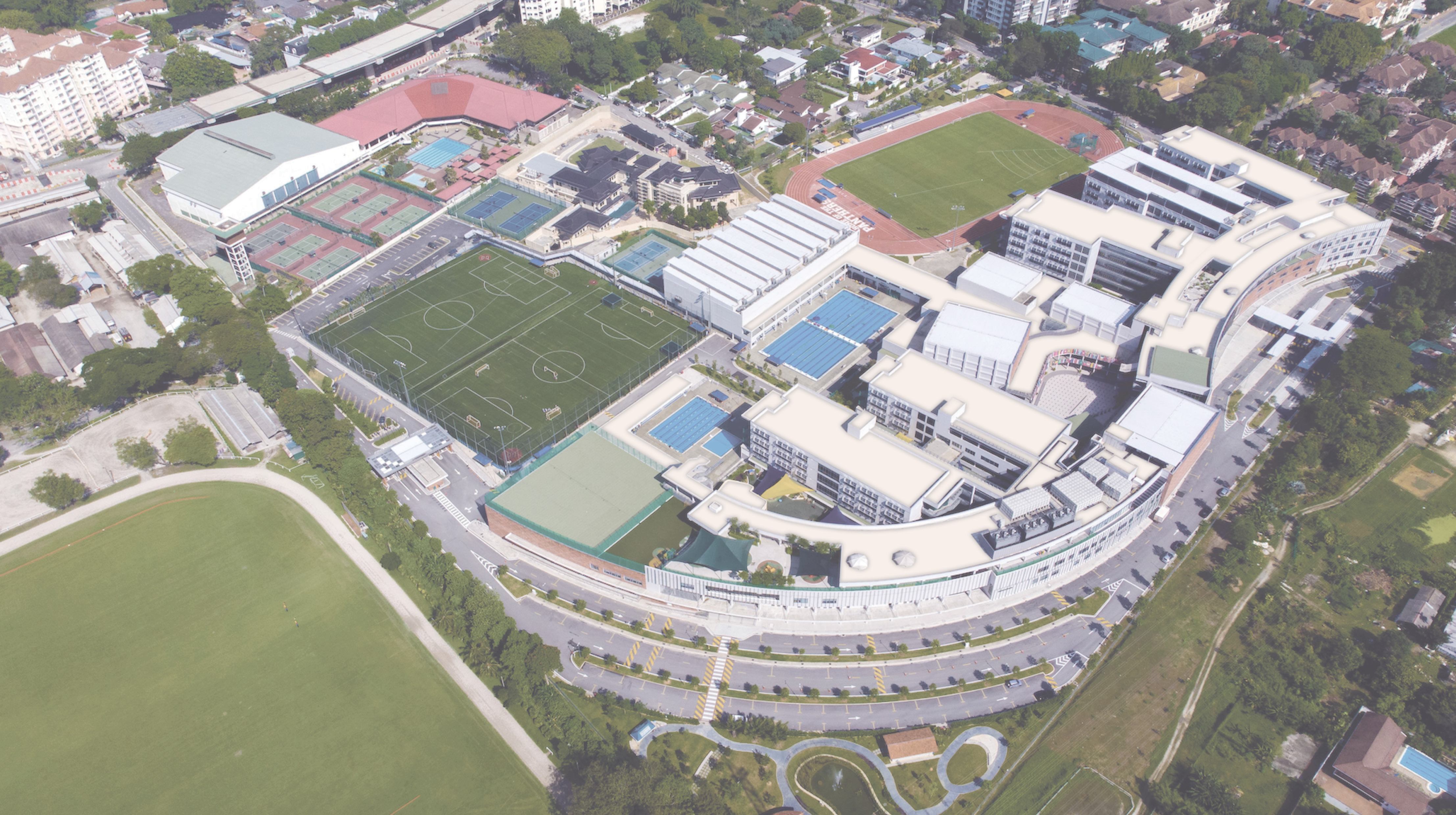
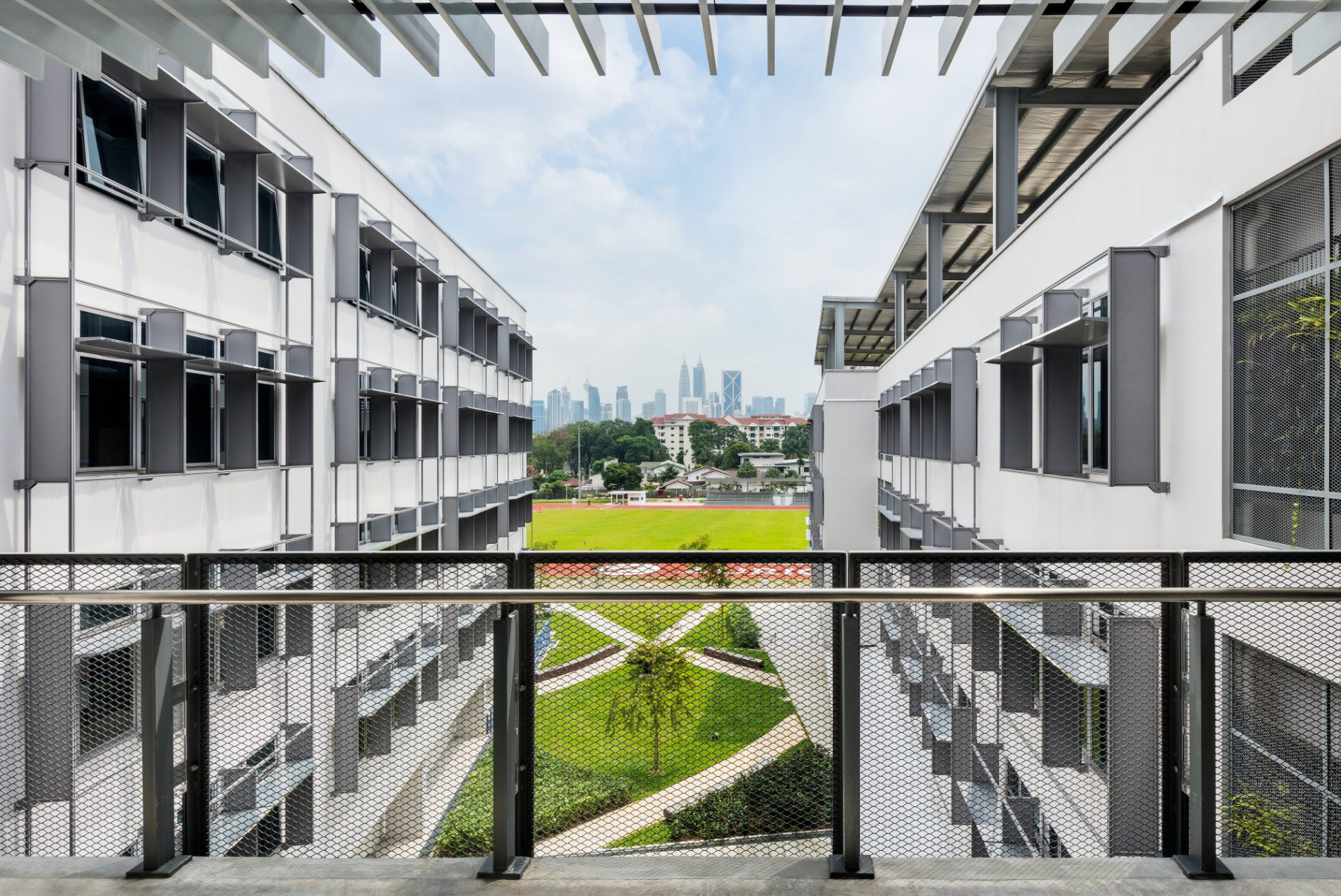
The team understood that the design needed to reflect the local culture. This was complicated by the fact that Malaysia is so culturally diverse, with a variety of architectural influences.
To give students and faculty relief from the heat, the design borrows from two aspects of traditional Malaysian architecture: screens and shelter. Existing mature plantings and a screened facade shield the eastern side of the school. Naturally ventilated, covered walkways lead to the center of each teaching wing.
ISKL is committed to sharing resources and facilities with its community. The school hosts teacher training sessions with local districts and welcomes artistic performances organized by cultural associations and charity events by corporations. External sports clubs often use the athletic facilities.
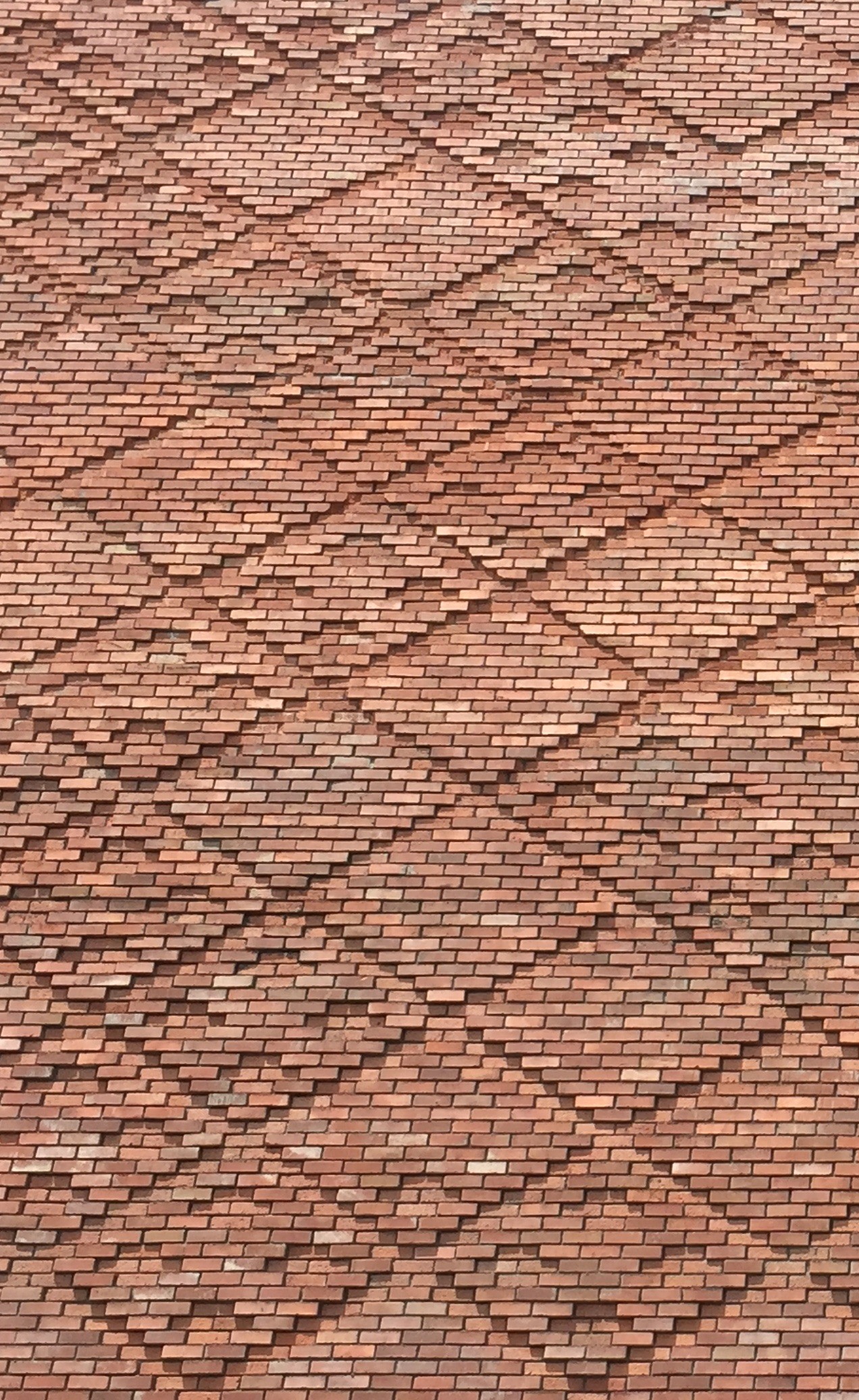
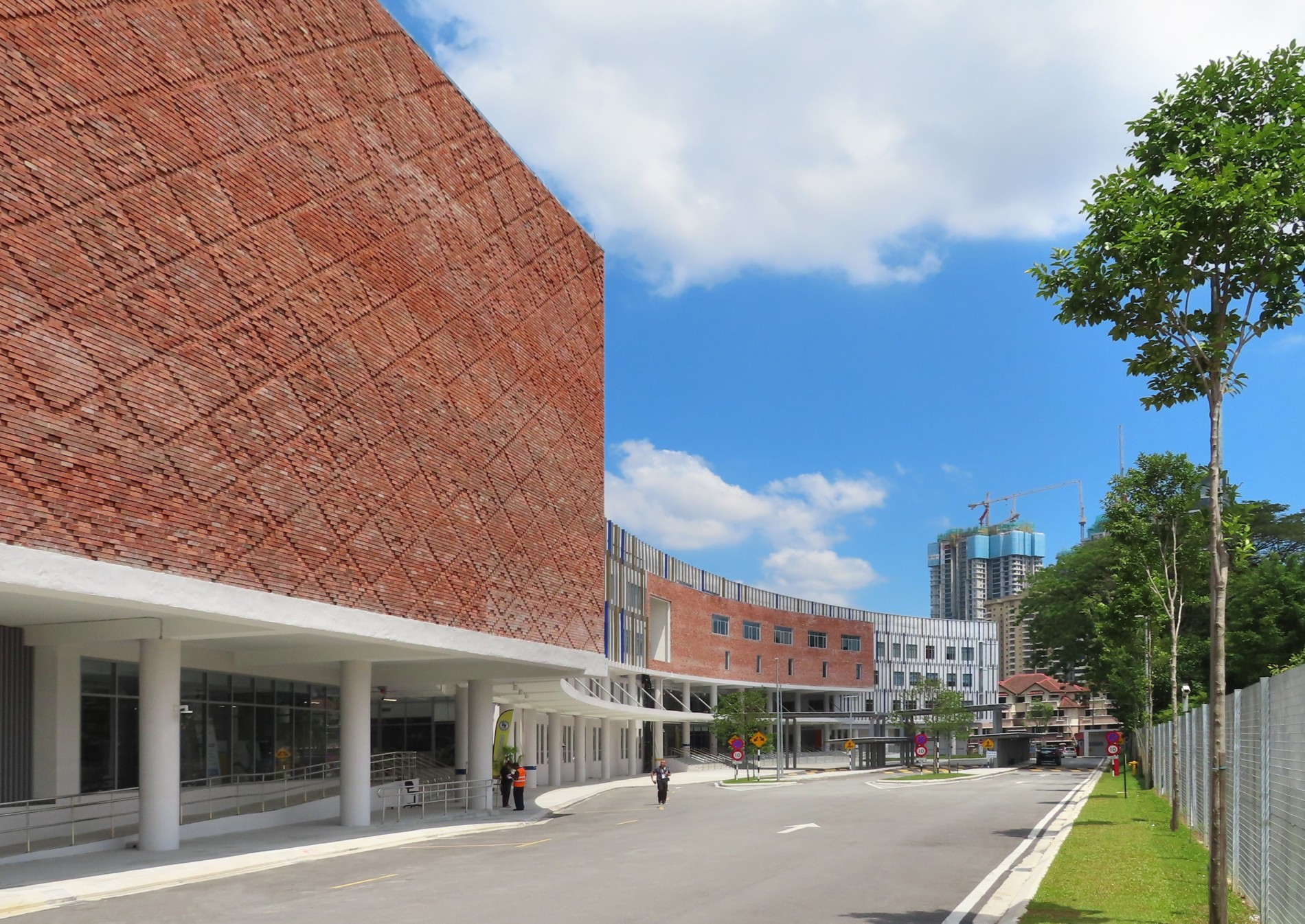
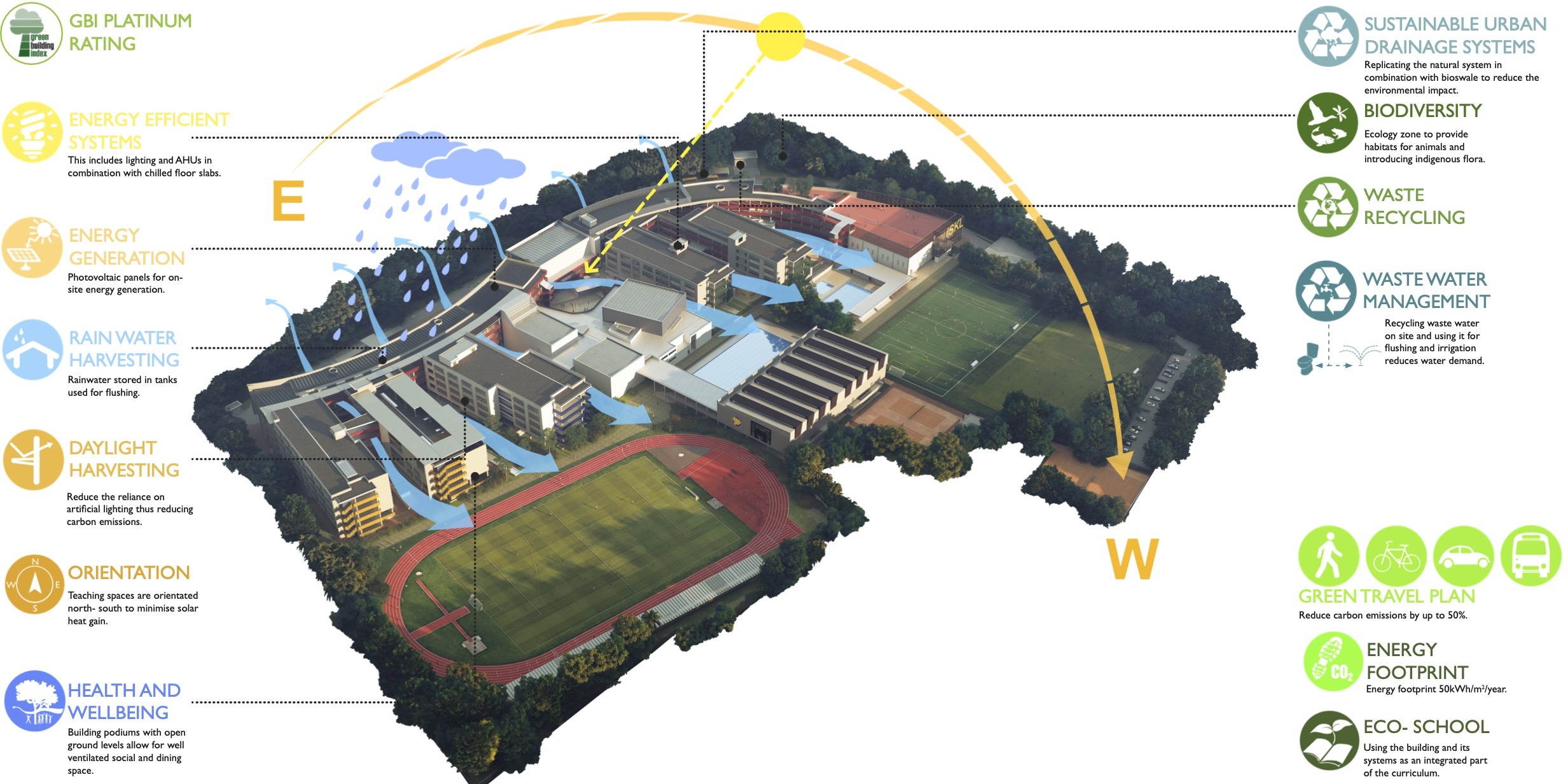
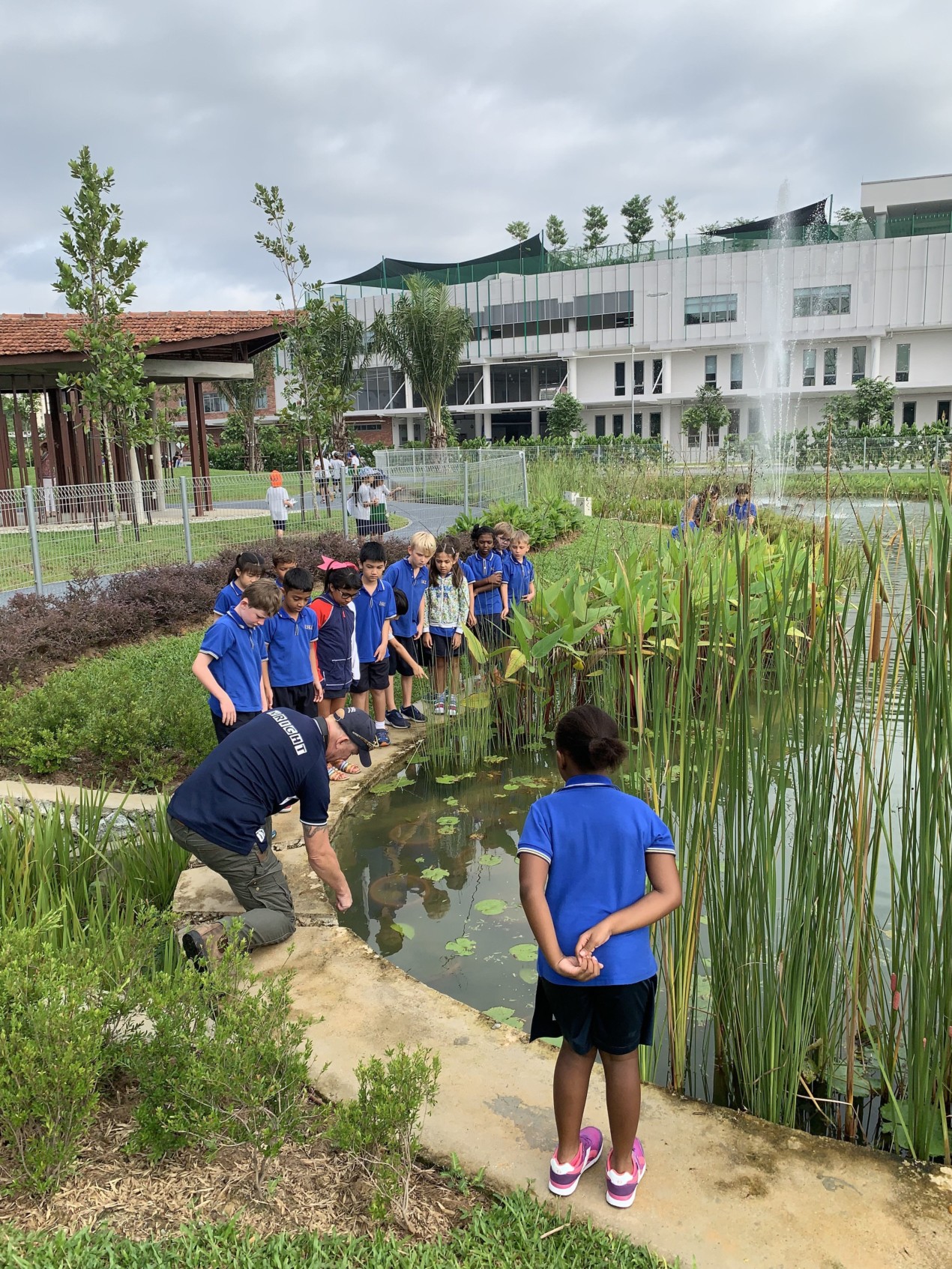
Planting adaptive and native flowers promote a natural ecosystem and biodiversity.
The curriculum incorporates the outdoor learning areas. An edible garden maintained by ISKL’s gardening club attracts local birds and insects. An ecology zone houses the recycling center and a rainwater retention pond. A cooling green wall is at the elementary school entrance.
ISKL uses rainwater harvesting and recycled graywater to irrigate the school’s landscape and for general washing.
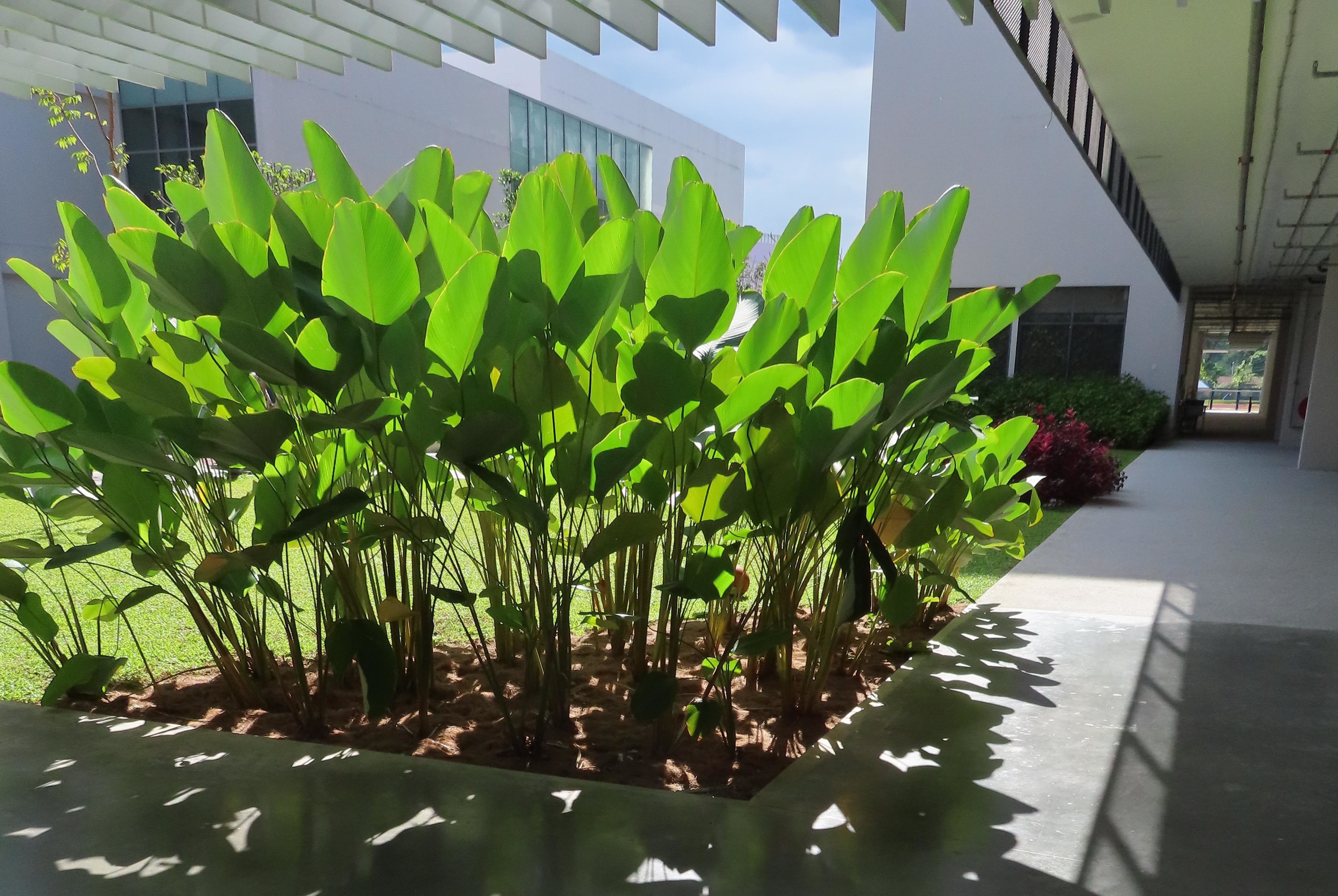
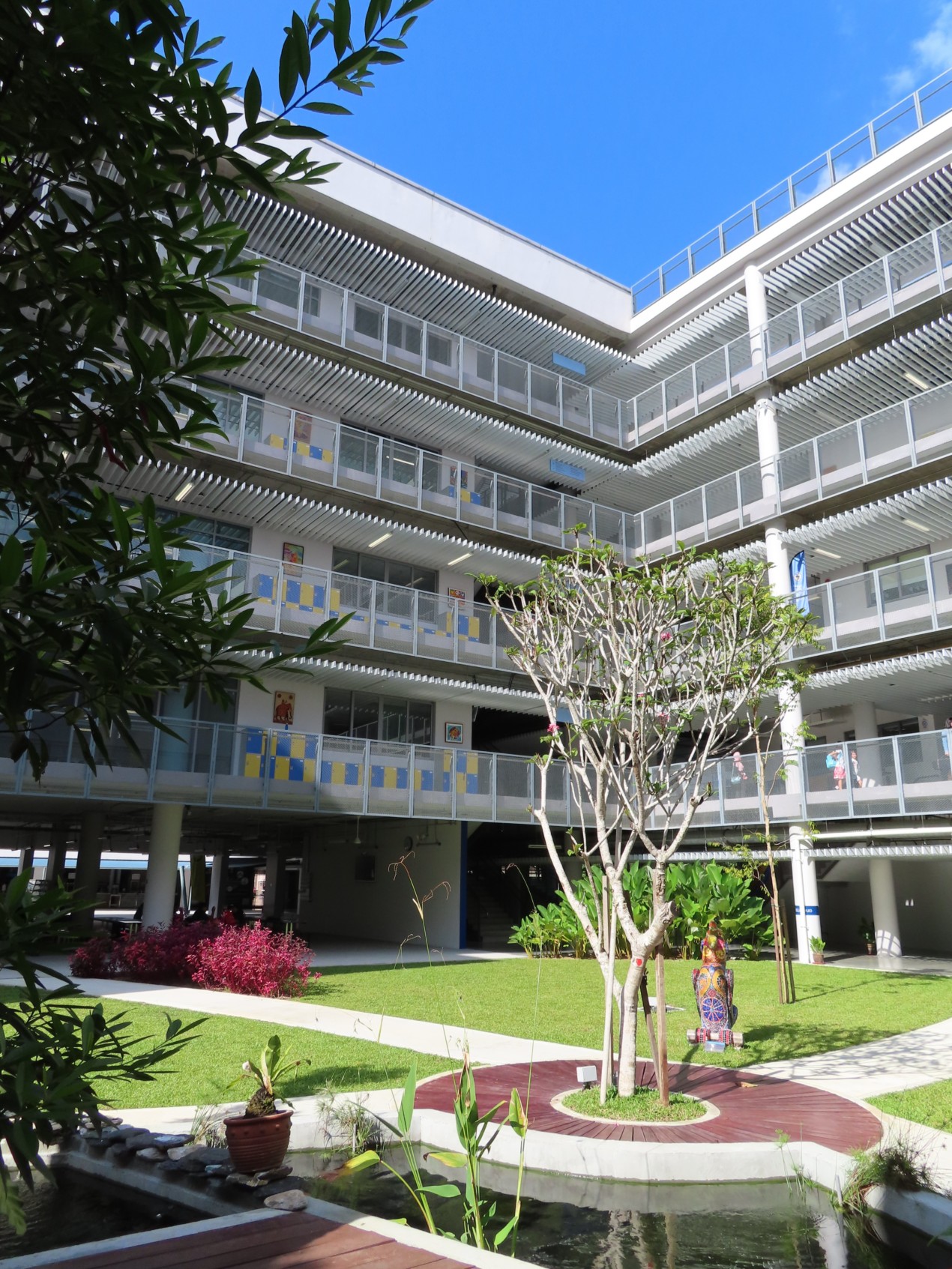

Passive solar strategies drove the form and layout of the building, which the team designed to use 60 percent less energy than typical for schools in similar hot, humid climates. The team used Computational Fluid Dynamics (CFD) to analyze shade, wind and solar gain.
Light shelves on classrooms’ north and south edges drive daylight deep into the space, minimizing the need for artificial lighting.
Transitional spaces benefit from cool air that escapes from classrooms. These spaces temper the impact of moving from the hot outdoors into a cooled interior environment.
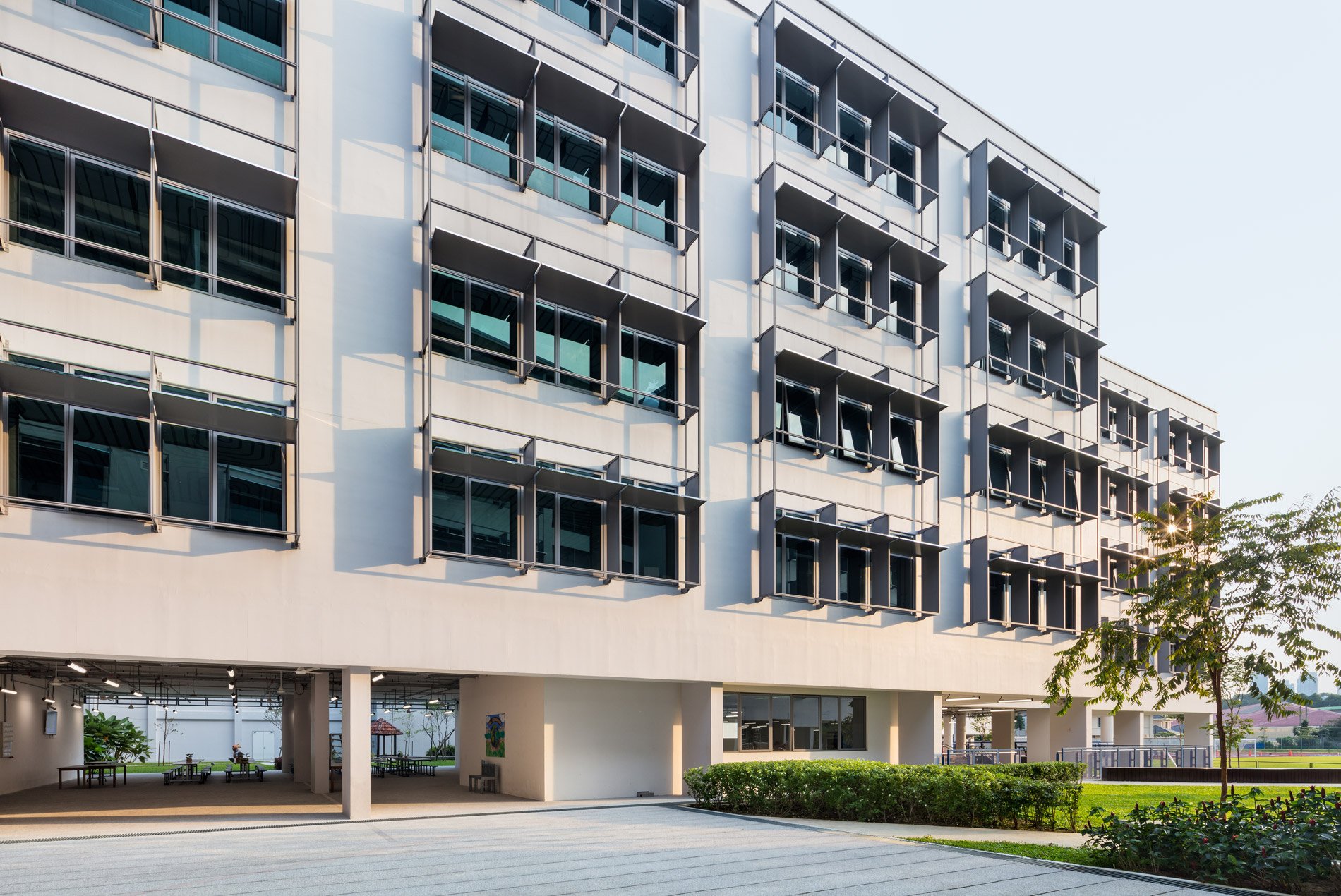
Exterior screens modulate light while providing privacy and shade. They help define the overall aesthetic.
An undercroft beneath the middle and high schools provides sheltered dining and social spaces. Naturally ventilated covered walkways lead to the center of each teaching wing. A series of courts cut into the spine enable breezes to pass through the building.
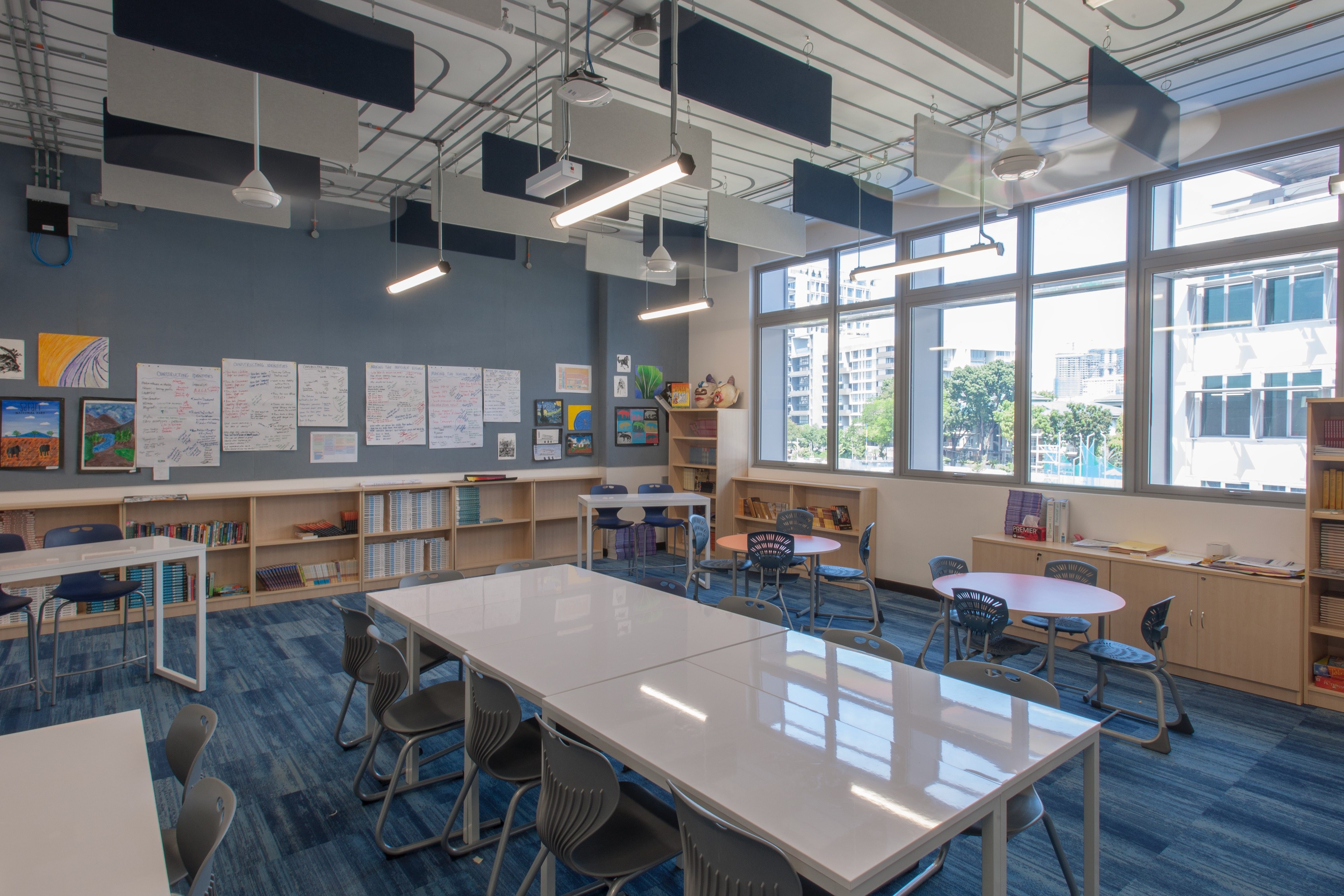
Composting bins are located in an eco garden that often hosts elementary school classes. A rooftop garden allows for a “farm to table” approach during food tech classes for older students.
Visible utility meters that are part of the building management system (BMS) reveal the school’s real-time resource consumption and encourage students to save energy.
Taking advantage of off-peak tariffs, chilled water cools the floor slabs at night. Outlines of the pipes supplying the water are painted, sparking questions from students and visitors.
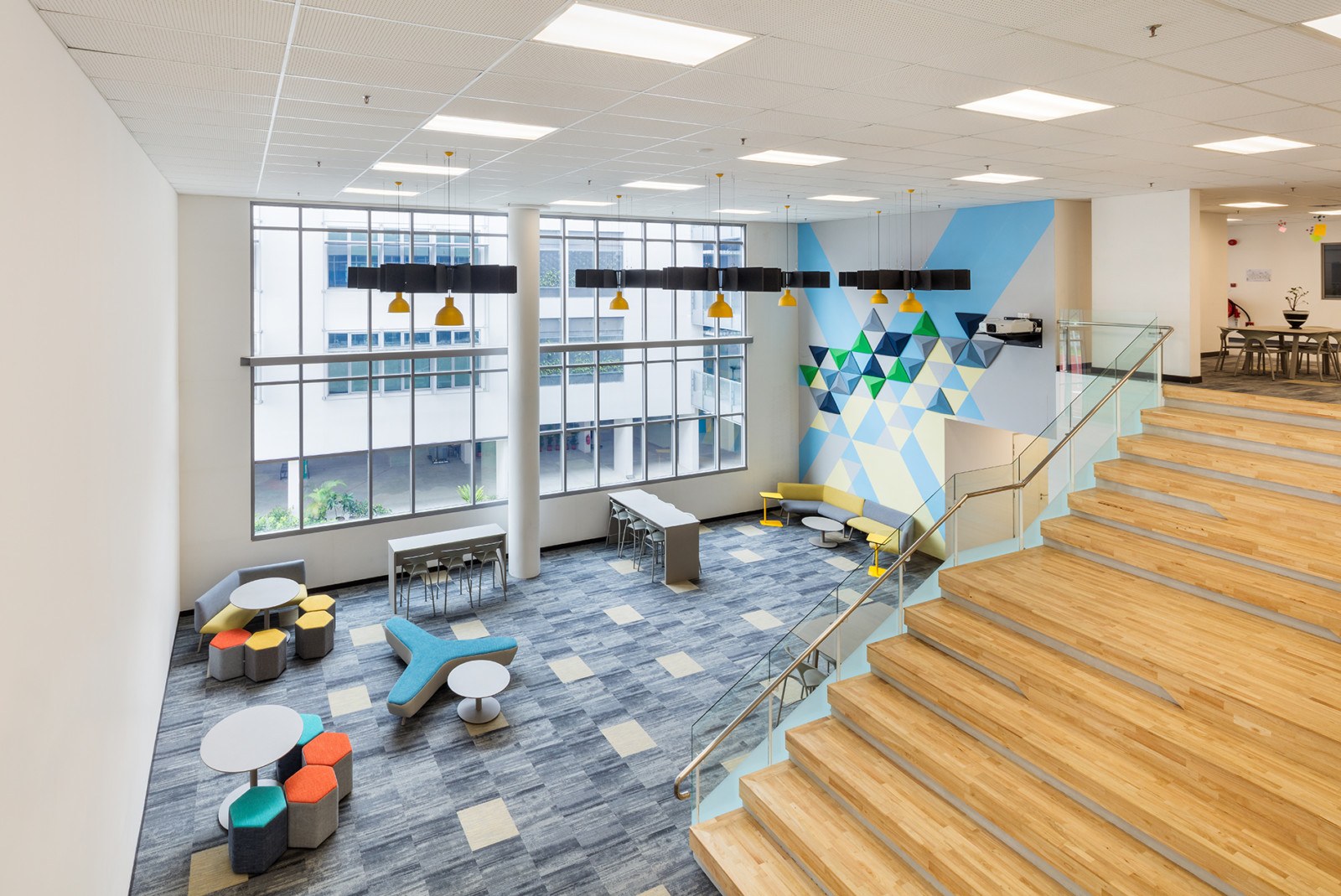
Learning spaces can change as the school’s pedagogical approach evolves through time. Classroom clusters are designed for adaptability with minimal internal structural elements. Dry wall partitions, flat floor slabs and wide spans allow for easy reconfiguration in the future.
The school hopes to add renewable energy to the site at a later date. The team designed the roof to accommodate solar panels that can produce 5-10 percent of the total power consumption.
All building materials were locally sourced from Malaysia, with special attention paid to resiliency. Materials with recyclable content were also used, including green cement with fly-ash content and recycled content steel bars to reduce carbon dioxide emissions from raw material harvesting and production.
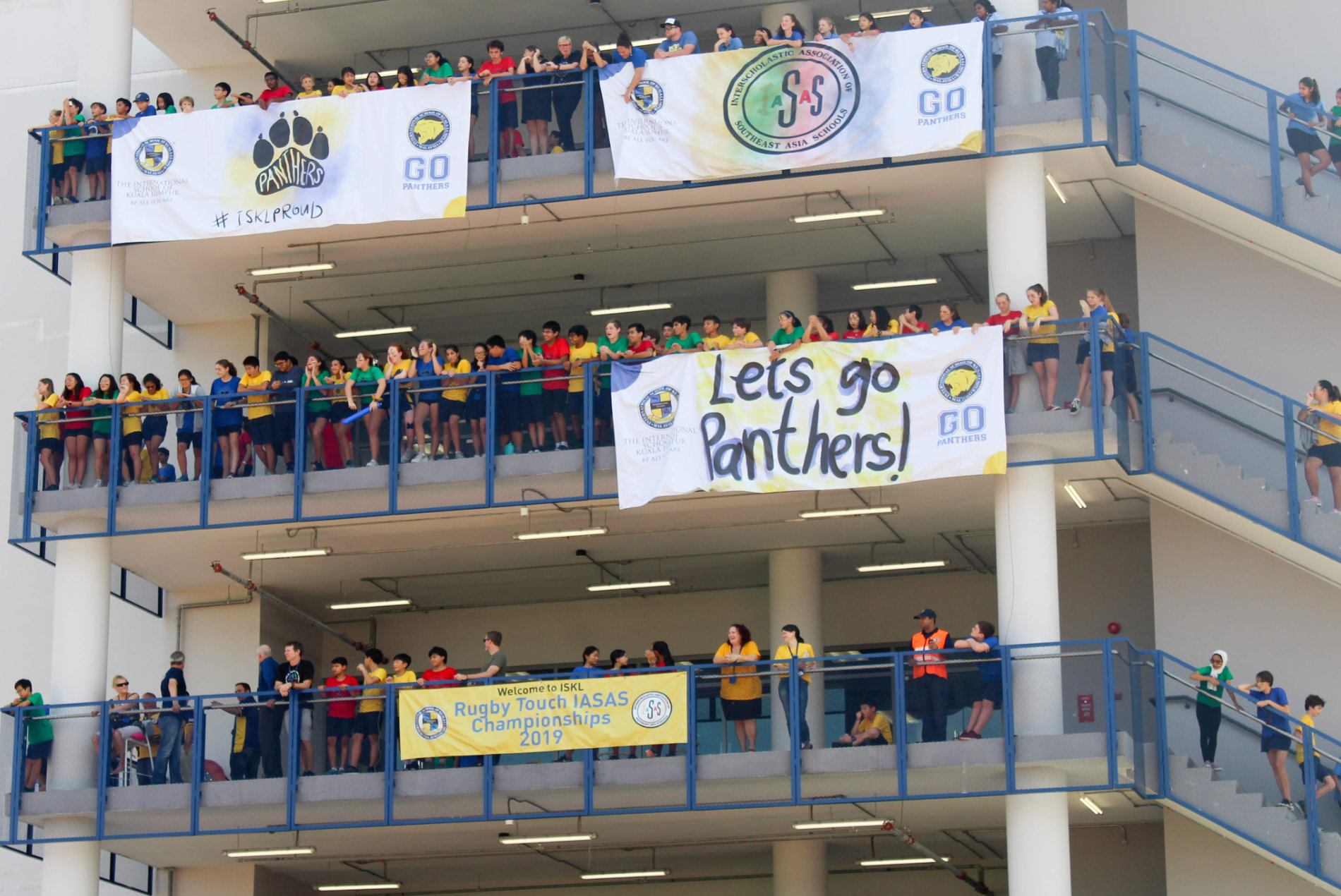
ISKL’s mission statement is to challenge each student to “Be All You Are” and develop the habits required to become highly successful and socially responsible global citizens.
The new learning environment supports the school’s rich curriculum by inviting genuine student involvement and interaction. A sustainability consultant worked with students, faculty and staff on lesson development and community projects.
ISKL was Malaysia’s first recipient of the Green Flag Award from the Eco-Schools Program Malaysia.
